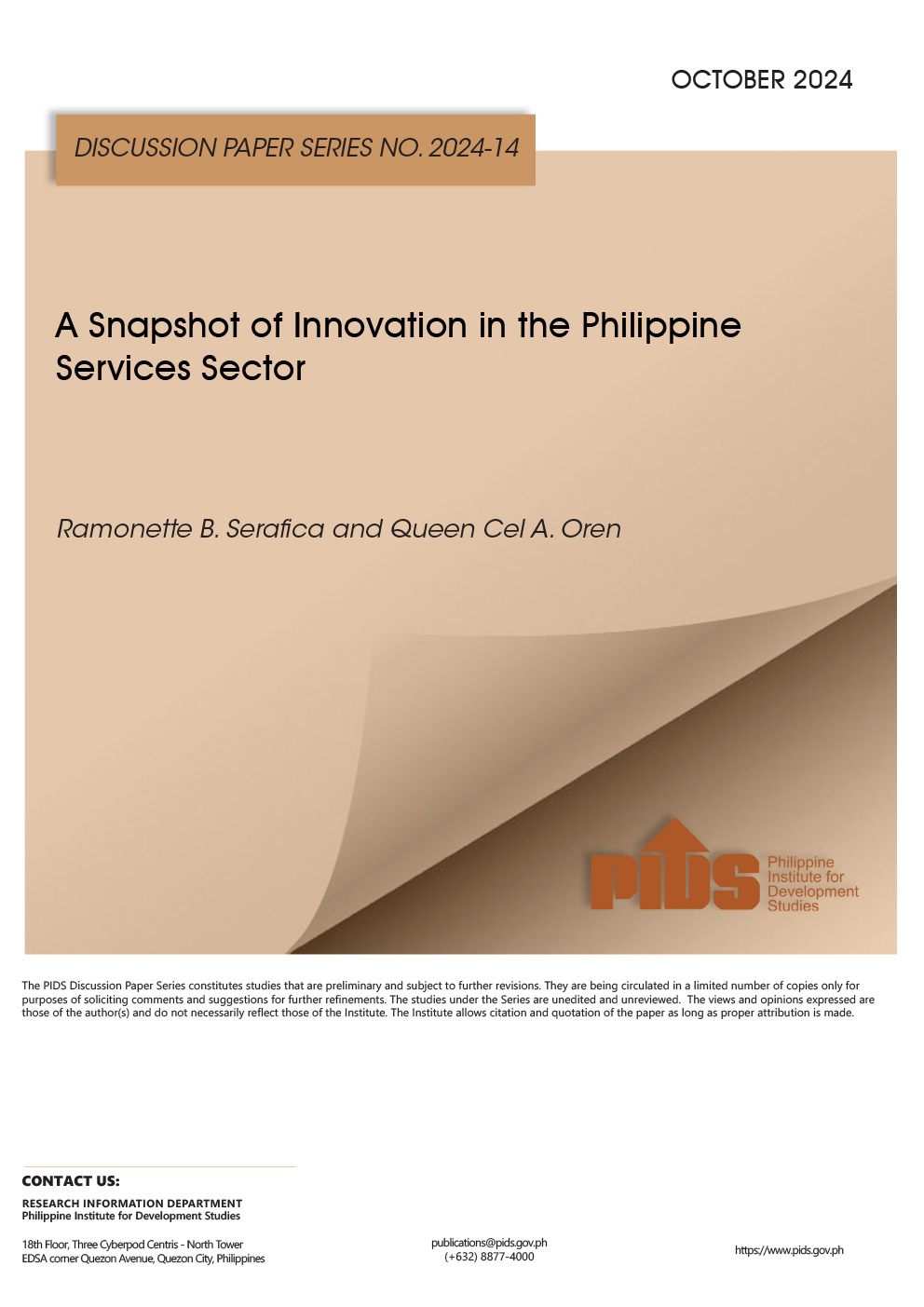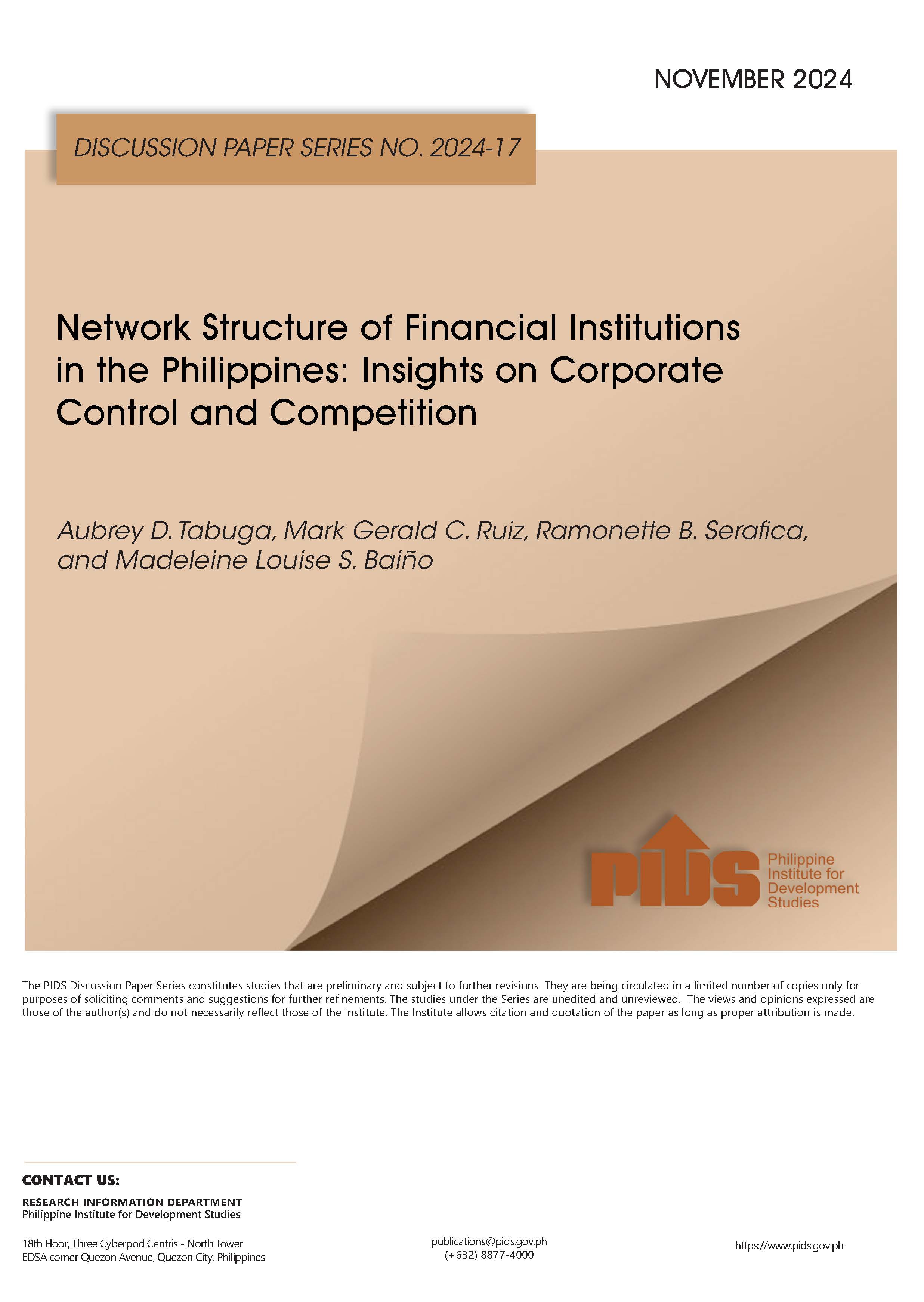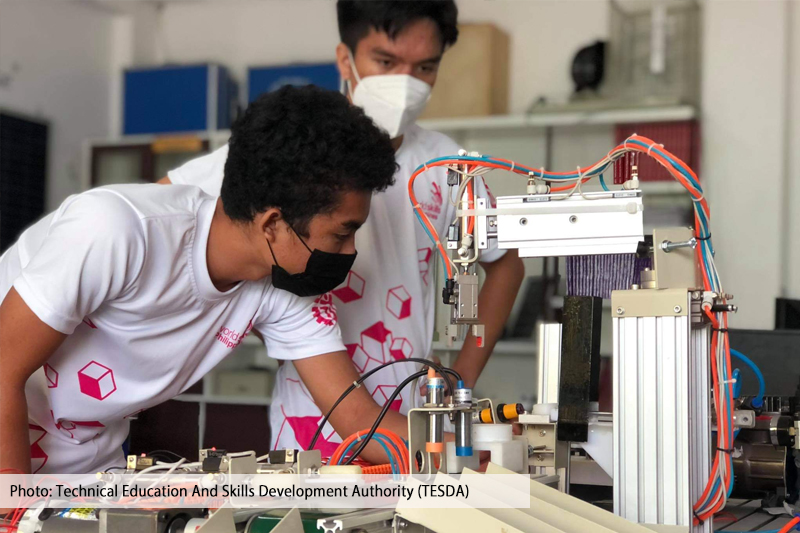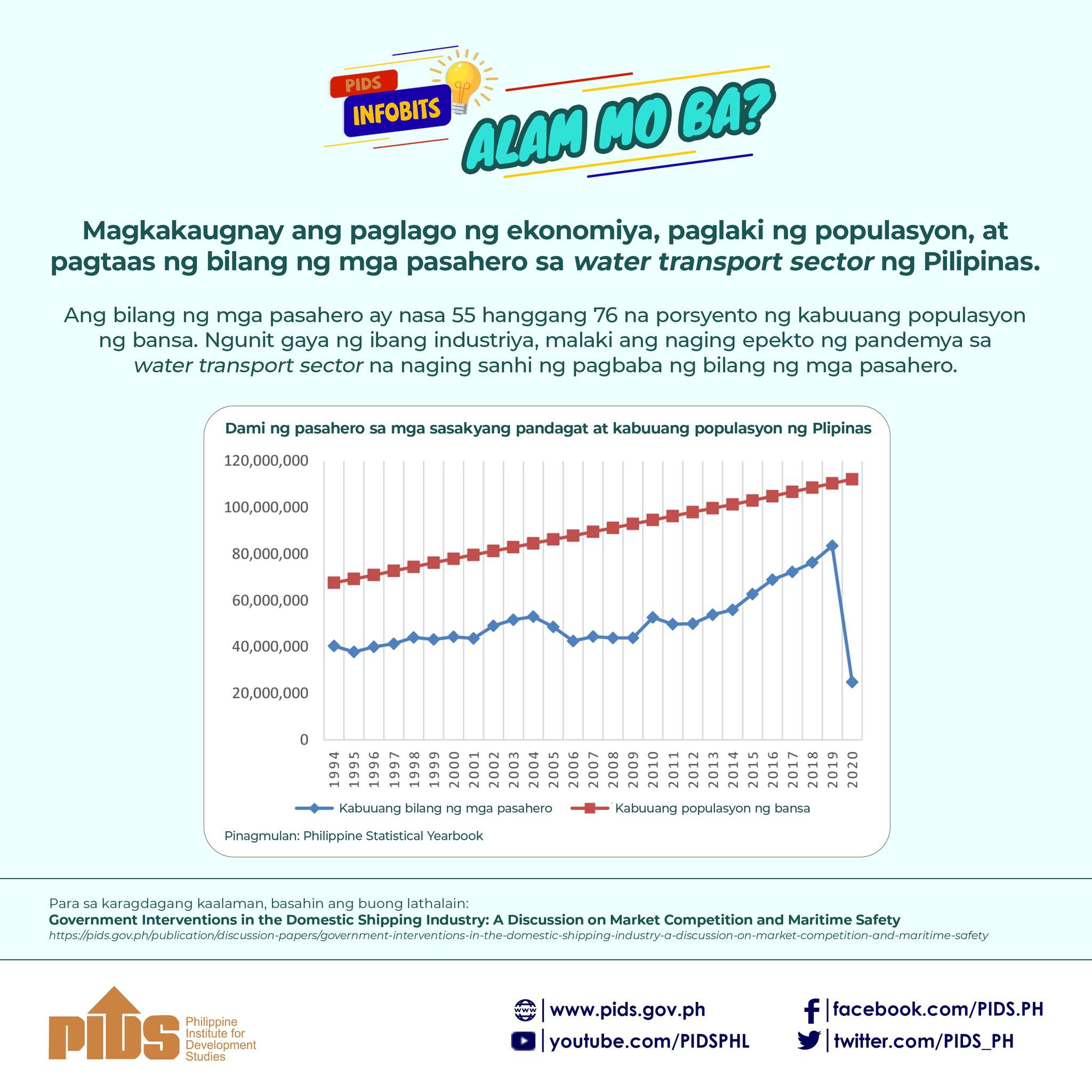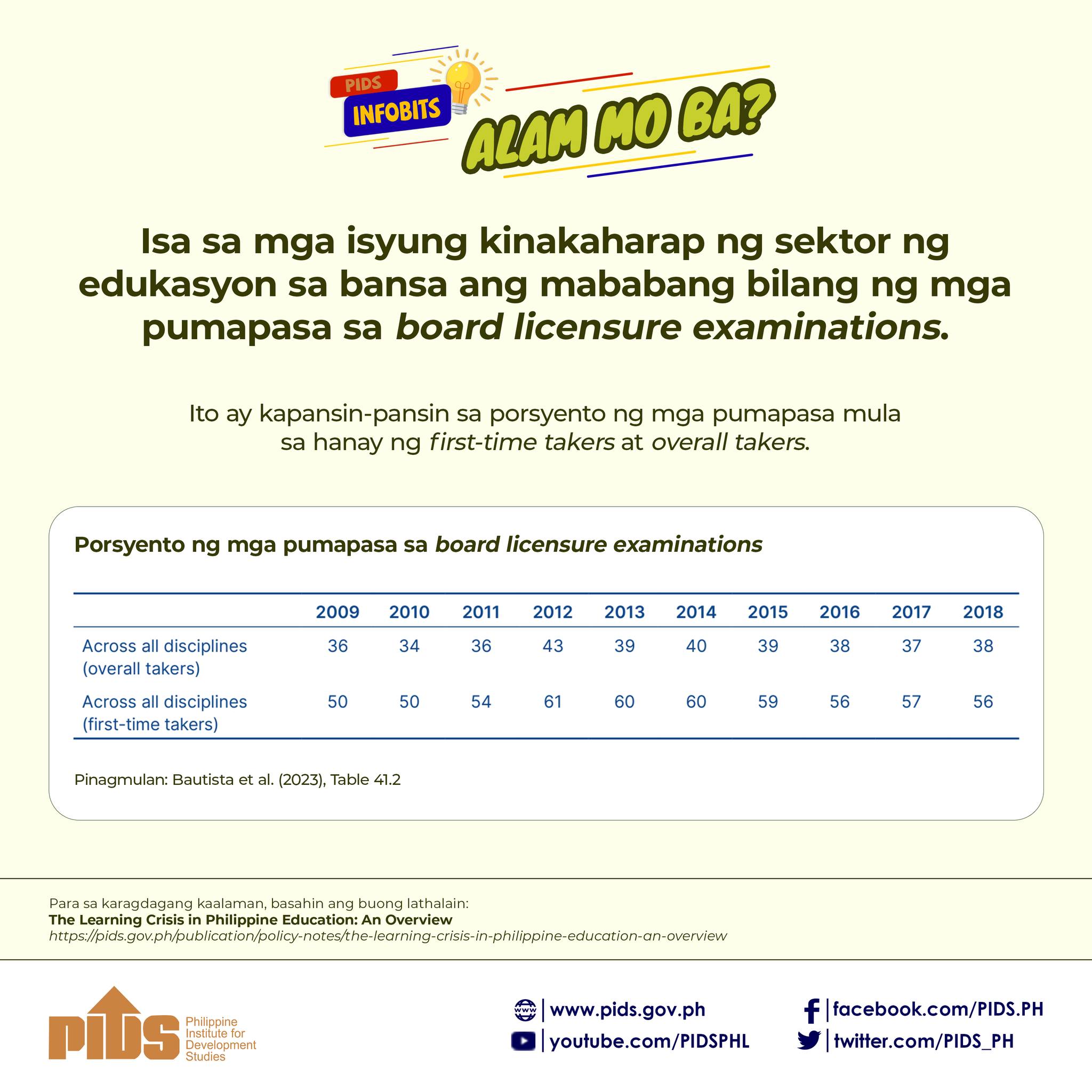The Philippines lags behind its Association of Southeast Asian Nations (Asean) neighbors in attracting investment and must speed up financial literacy in the country in time for the integration of the Asean economic community, a US-aided study said.
Entitled "Enhancing Access to Financial Services through a More Competitive Financial System,” the paper is authored by former Philippine Institute for Development Studies (PIDS) President Mario Lamberte and his research associate, Ammielou Gaduena, as a component study of the Advancing Philippine Competitiveness project funded by the United States Agency for International Development (USAID).
Lamberte’s study calls for policy reforms that will improve not only the level of financial education in the country but also the inclusion of small and medium enterprises (SMEs) in financial sector development.
The study stresses that if the country is unable to render proper reforms and policies in its financial sector to make it more competitive, the Philippines will be at a disadvantage when it becomes financially integrated with the rest of the Asean.
Foreign equity cap
In terms of foreign equity or foreign players’ participation in the local financial sector, the study found that banks from other Asean member-states (AMS) have made room for expanding their presence in the Philippines in the near term, while it remains a big challenge for Philippine banks to penetrate the AMS banking markets.
In the area of capital markets, the Philippines has the most restrictive commitments in terms of foreign equity limits for investment houses, requiring their board of directors to consist of at least 51 percent Filipino nationals.
The study said Philippine banks also show consistency in coming second to the last when it comes to cost-and-profit efficiency.
"It suggests that the Philippines needs to do more to increase the size of its portfolio investment assets, particularly equity securities, and make them available to the rest of the Asean region and the world,” it said.
Access to credit
Access to credit in the country is also seen as much more restricted compared with that of its neighbors, with the Philippines cited as ahead only of Myanmar in being at the bottom of the list among countries in the region. Meanwhile, Malaysia, Thailand, Vietnam and Singapore consecutively sit at the top of the nine Asean nations’ ranking.
This means Philippine banks are not turning the money deposited by their customers into actual loans, it said.
The study hypothesized that Philippine banks are discouraged from looking for qualified borrowers, especially among SMEs, because of high intermediation tax and high reserve requirements on deposits.
Recommendations
The study recommends that to make the Philippine financial sector more competitive, intermediate taxes or reserve ratios need to serve as incentives and enable the banking system to perform its financial intermediation function much better.
"This means that the BSP [Bangko Sentral ng Pilipinas] should reduce intermediation taxes, particularly the reserve requirement ratio, and unwind the SDA [special deposit account],” it said.
At present, the reserve requirement ratio (RRR) for banks stands at 20 percent, while the interest rate for SDA is at 2.50 percent.
Furthermore, the study recommends putting in place implementing policy reforms that will encourage the opening up of the insurance and capital markets to foreign players to facilitate further liberalization. Supporting a stronger merger and consolidation policy is also seen helping.
"Continue the liberalization of the financial system, particularly by encouraging more foreign players to enter the domestic financial market,” it said.
Lastly, the study supports enhancing the competitiveness of SMEs. They make up 90 percent of the country’s business sector, but they currently face difficulty in gaining capital in general as they often rely on informal sources, the study added.
BSP efforts
The central bank, on the other hand, said in its "Annual Report for the Layman” key measures made in 2014 include further alignment of regulations with the current Basel III requirements to improve the local financial sector’s efficiency and competitiveness.
Such measures, it said, include strengthening corporate governance; introduction of measures to promote banking stability; provision of implementing rules and regulations of the law allowing the full entry of foreign banks in the Philippines (Republic Act No. 10641); and the adoption of a consumer protection framework to protect the welfare of financial consumers.
Also among the steps taken were the enhancement of the BSP’s operational efficiency to keep prudential reports reflective of the amendments to regulations; sustained consultations with industry associations, other regulators and government agencies, and global and regional partners to ensure the responsiveness of the BSP’s reform agenda; and improvement in its supervision of financial institutions.
The BSP said it has also implemented financial inclusion programs in the areas of microfinance, economic and financial education for the public, as well as consumer protection.
For instance, the central bank reported that as of end-September 2014, banks with microfinance operations numbered 179, serving 1.2 million borrowers with an outstanding loan portfolio of P9.4 billion.
The BSP added that it also spearheads implementation of the Credit Surety Fund (CSF), a fund generated from: contributions of well-capitalized and well-managed cooperatives/ nongovernment organizations (NGOs); a counterpart contribution from the local governments in the provinces where the contributing cooperatives/ NGOs are operating; and voluntary contributions from donor institutions.
As of end-December 2014, 37 CSFs have been organized in different provinces all over the country, it added.,,
US-Aided Study Points Out Findings, Remedies": ‘PH financial sector lags behind Asean peers’


